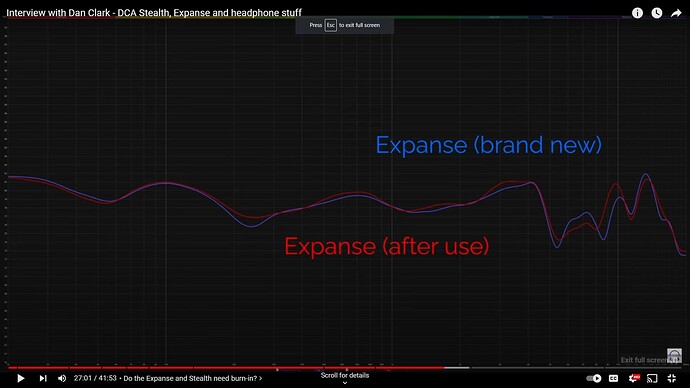Of all the things we could possibly measure in headphones, speakers, IEMs, etc, I think frequency response is probably the least interesting to me. Sure, we could hunt for a pair of cans with a truly “flat” FRC, or something that closely matches any “target curve” if we were so inclined. That’s only going to tell us how they respond in “from the factory” configuration, on “reference” source gear, measured on the rig of whichever reviewer did the measurements. Change the measuring device, dac, amp, pads, etc, and you’ll change the curve. That’s before even mentioning EQ.
For millennia, science was a semi-codified process of using our senses to observe the world around us. What’s worse, is the truth that the placebo effect can cause real physical manifestations. To a great extent, we hear what we expect to hear in much the same way we see what we expect to see (there’s a lot of new evidence coming out suggesting a huge percentage of our sensory perceptions are very heavily influenced or even completely controlled by the sum of our previous experiences). Further, with different ear shapes, ear canal shapes, etc. we don’t all hear the same sound the same way.
It seems to me that the best measurement tool we have is probably still our ears. Yes, leaning on them poses some challenges. Eliminating, or accounting for all of the various biases and psychological influences is difficult to do. However, things like FRC, minute variations in timing, sound waves partially interfering with one another, etc. we probably won’t come up with more “objective” tools that can tell us which factors interact with one another in what way to make the resolving ability of one pair of headphones sound superior, but in a very small, intimate stage, while a second pair (of equivalent open / closed level design) could sound smoother, less resolving, but in a grand, wide, deep stage.
TL;DR - sound reproduction is a problem where a large number of variables interface and influence one another. It’s still too complex for the basic measurements we’re using to tell us much that is very useful. Our ears are still the best tool for the job.


